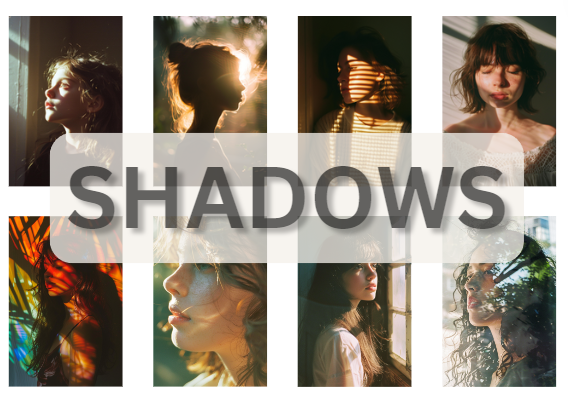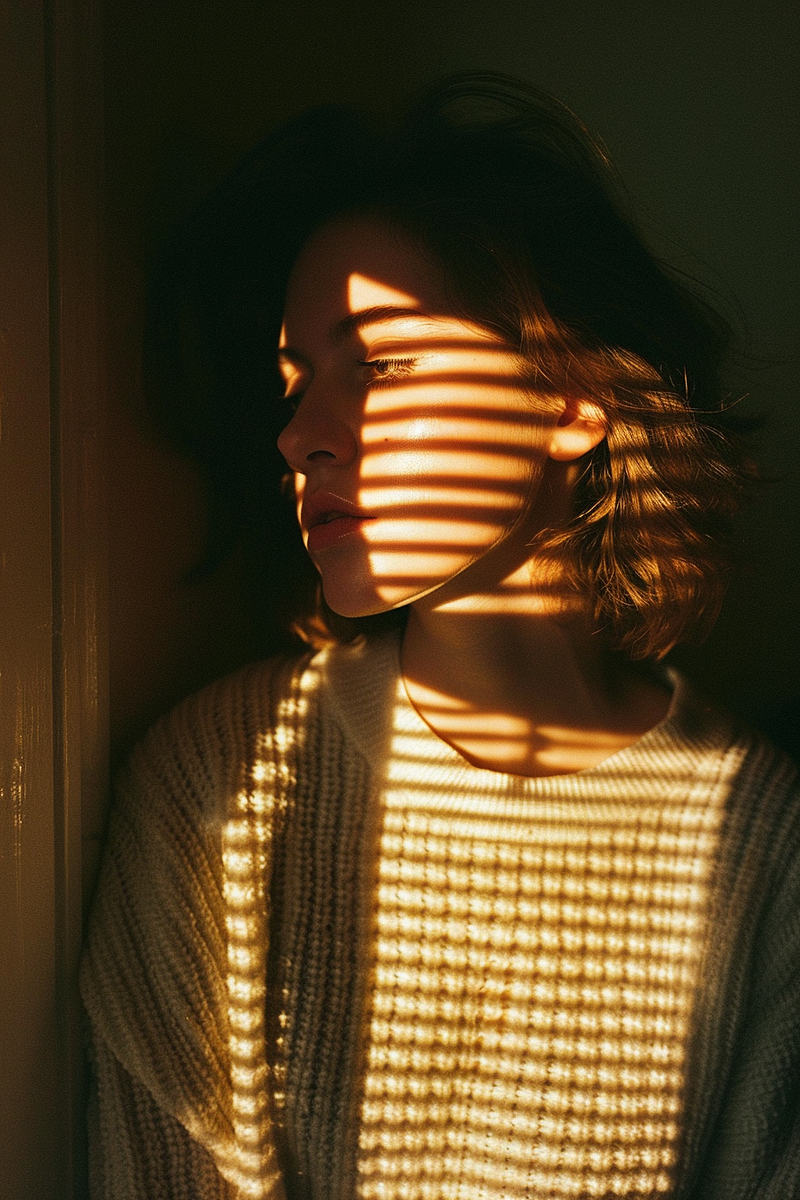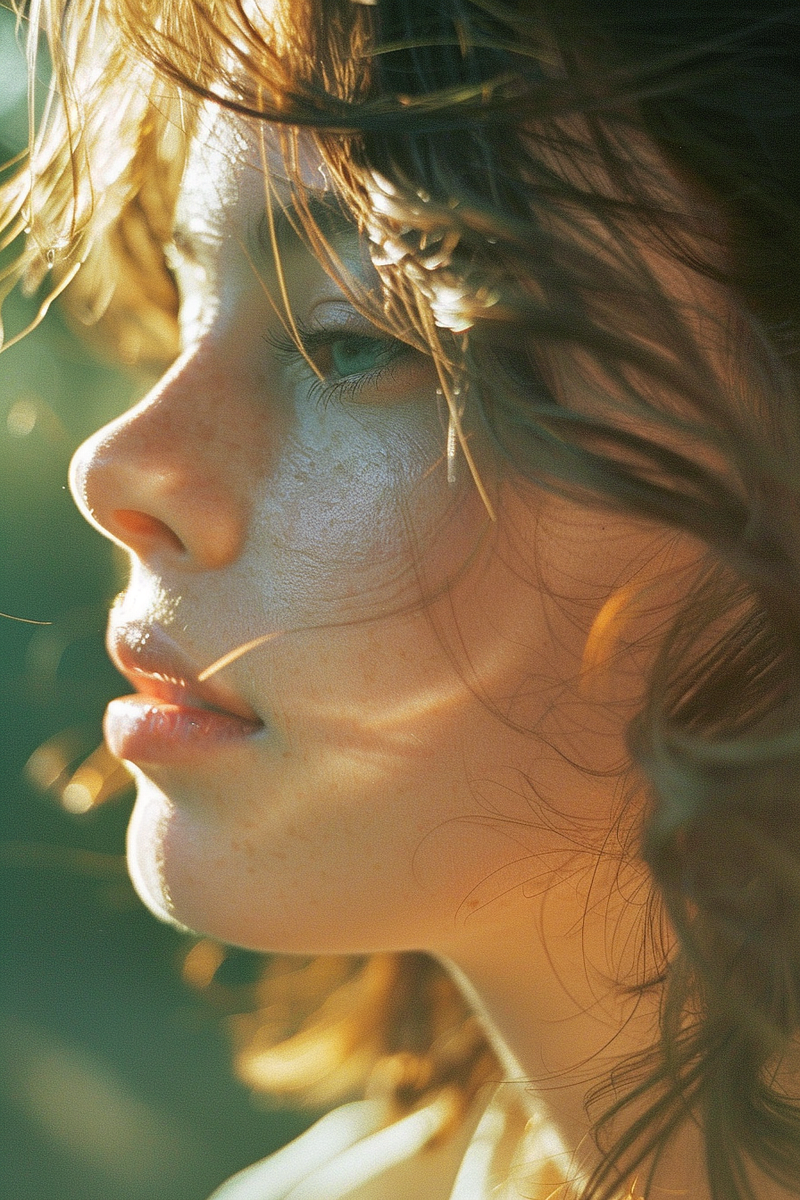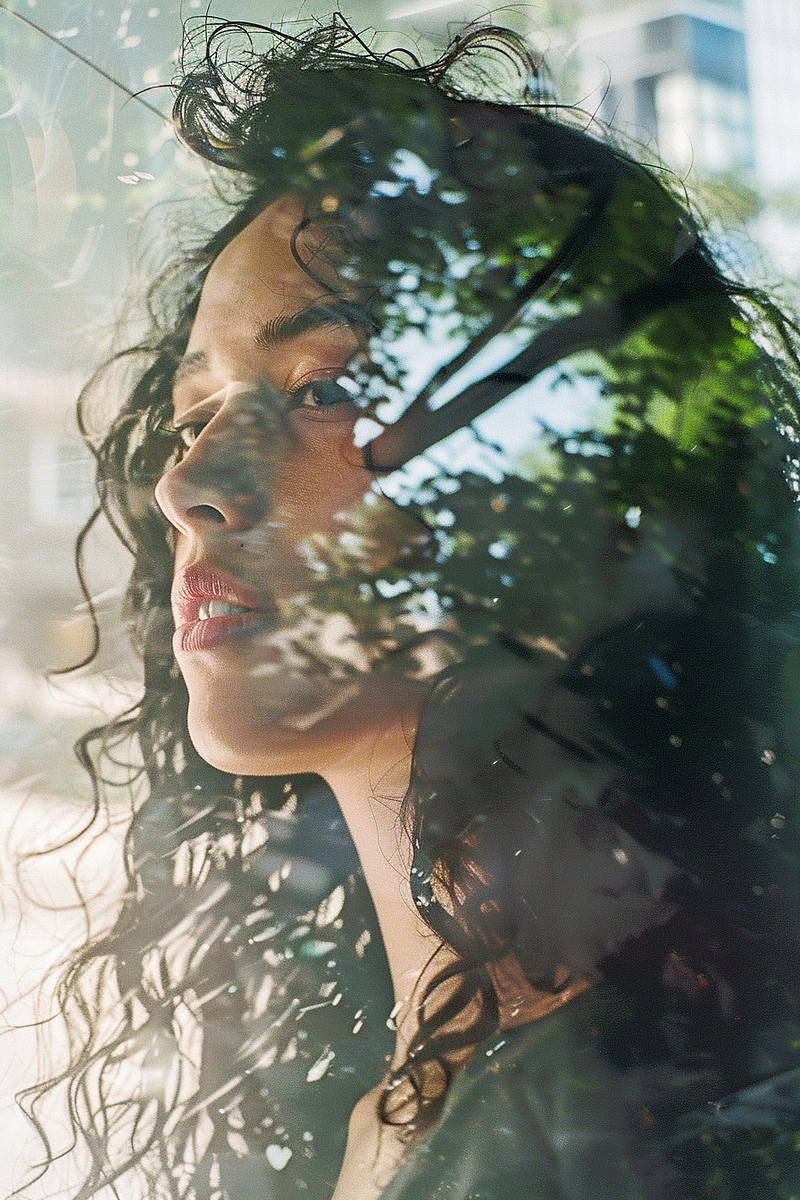Master Your Midjourney Portraits with This Simple Trick
Make your picture portraits better by adding cool shadows

Many people are not aware that shadows actually play a very important role in photography when creating amazing images. They not only add depth and interest to images, but also have the ability to dramatically change their appearance, ranging from subtle shading to strong contrast.
And that is exactly what we hope to achieve with Midourney!
Anyway, we don’t just want a few simple photos or self-portraits from Midjourney. We are aiming high to create images that evoke strong emotions in viewers. If you agree with me, and want to use shadow in your prompts and images to make your photos stand out, please continue reading!
In this article, I will be using a photography concept as a guide to examine shadows in Midjourney in more detail.
Now let’s get started!
1. Dramatic High-contrast
“Dramatic high-contrast” refers to an image style in which the contrast between the light and dark areas is significant.
To create a strong impact, this style makes bright areas really bright and dark areas really dark.
Those significant contrasts in shadows give these kinds of images a strong, bold appearance. It adds depth to images so they can tell a story.
Dramatic High-contrast photo of a girl, 35mm Kodak Portra 400
film --ar 2:3
2. Backlit
"Backlit” refers to a lighting technique in photography where the main light is directed towards the camera from behind the subject.
Because of this, the subject appears to be dark against a brighter background because the light is coming from behind it.
Backlighting can create a faint border around the subject, enhancing its outline and adding depth to the image. This method is frequently used to create dramatic and moody images, particularly when the subject’s shape is the main focus rather than its specific details.
Backlit photo of a girl. 35mm with Kodak Portra 400 film --ar 2:3
3. Abstract shadow patterns
“Abstract shadow patterns” are shapes made when light and objects interact.
These patterns don’t always look like anything specific. Instead, they focus on how shadows look. They happen when light shines through things, making complicated and unusual shapes on surfaces.
This kind of shadow makes scenes more exciting, encouraging people to look closely at their detailed designs and think about how light and dark mix.
Abstract shadow patterns photo of a girl, 35mm with Kodak Portra 400 film
--ar 2:3
4. Soft shadows
When you use soft lighting, it’s like having a gentle, spread-out light on the object.
This kind of light makes soft shadows on the subject. These shadows make the picture look a bit deeper, like it’s more 3D, but they don’t hide the details.
It’s like giving your photo a little extra something, making it more fun to look at without missing any important parts.
Soft shadows photo of a girl. 35mm with Kodak Portra 400 film --ar 2:3
5. Colorful shadows
Colorful shadows can make the image lively and full of expression.
These bright shadows add a lot of energy and excitement, making the picture more interesting and fun to look at.
It’s kind of like using light and shadow to paint a picture, making it feel alive and moving when you see it.
Colorful shadows photo of a girl, 35mm with Kodak Portra 400 film --ar 2:3
6. Subtle Gradient shadows
Subtle gradient shadows are when the darkness or shading in a picture changes gently. Instead of having clear lines, these shadows slowly blend into the surrounding parts, giving a soft and detailed look.
They make the subject seem a bit deeper and more real, making the picture look better without taking over everything else. These shadows are like quiet whispers, making the mood and feeling of the photo a bit richer.
Subtle Gradient shadows photo of a girl, 35mm with Kodak Portra 400
film --ar 2:3
7. High-Key shadows
High-key shadows are shadows that look lighter than other parts of a picture. They’re usually used in bright, evenly lit photos, like in high-key photography.
In these pictures, there’s not much difference between the lightest and darkest parts. The shadows in high-key lighting are usually soft and gentle, giving the subject a bit of shape without making any harsh or distracting shadows.
This way of lighting is often used in portrait and fashion photography to make the subject look soft and pretty, while still keeping the picture bright and airy.
High-Key shadows photo of a girl, 35mm with Kodak Portra 400 film --ar 2:3
8. Double exposure with shadows
Double exposure with shadows is when you put two pictures together to make one new picture, and one of the pictures has shadows in it. This makes a cool and creative effect.
When you mix shadows into one of the pictures, it gives the final picture more depth, texture, and makes it more interesting to look at. The shadows can mix with other things in the picture, making interesting shapes, differences, and tricks for your eyes.
Overall, double exposure with shadows is a flexible and artsy way to tell stories in photography. It lets you explore themes like mystery, having two sides, and change in a cool way.
Double exposure with shadows photo of a girl,
35mm with Kodak Portra 400 film --ar 2:3
Summary
In this article, we’ve explored the concept of shadows in Midjourney photography in detail. Here is the summary:

Dramatic high contrast — This style is perfect for bold and eye-catching portraits, emphasizing facial features and enhancing the intensity of the image.
Backlight — Place the light source behind the subject to create backlight shadows.
Abstract shadow patterns — Create abstract shapes with shadows, adding a touch of creativity.
Soft shadows — Use soft lighting to cast soft shadows on the subject, adding a sense of dimension to the image without affecting details.
Colorful shadows — Cast vibrant, colorful shadows on the subject, creating visually dynamic and expressive images.
Subtle gradient shadows — As the name suggests, it creates a smooth transition from light to dark.
High-key shadows — These shadows are softer, with lower clarity, creating a soft and dreamy atmosphere.
Double exposure with shadows — Combine the double exposure technique with shadows to create surreal images blending multiple elements.
I hope this article provides you with some insights into making your Midjourney images more compelling and meaningful to viewers! Check out my other articles for tips on taking photos during your Midjourney!






